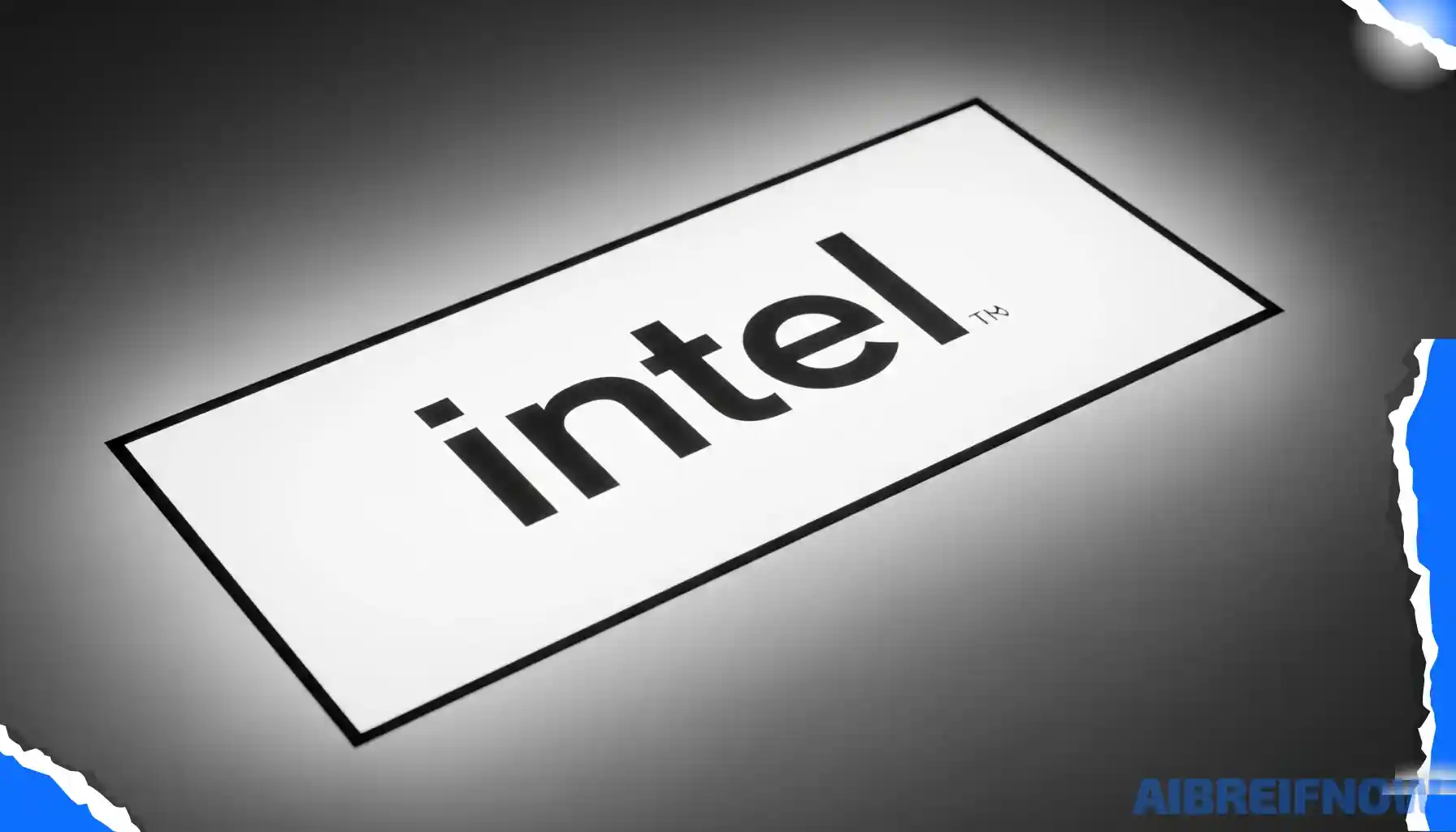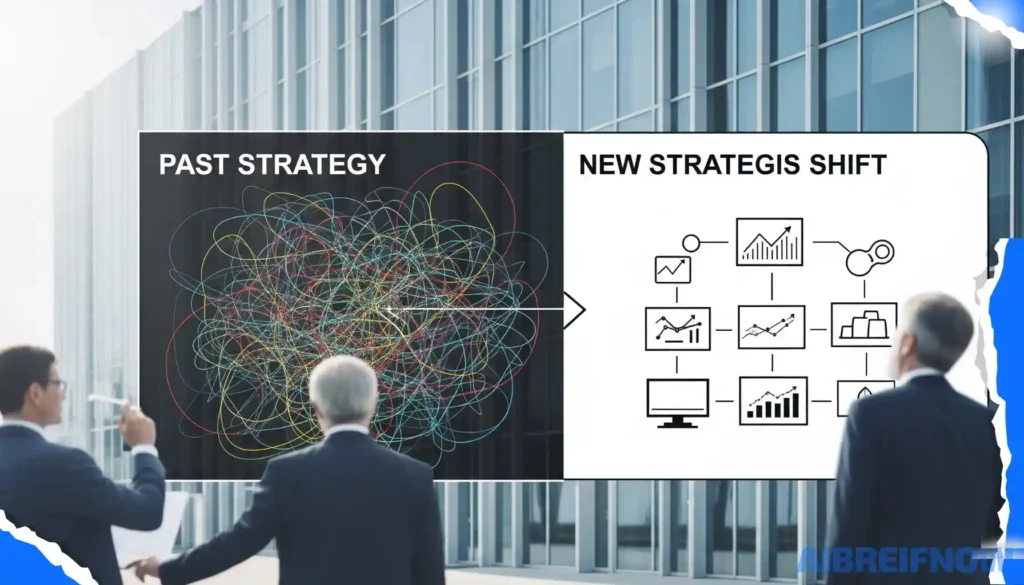
Intel Corporation is making headlines again, this time for major layoffs affecting approximately 15% of its global workforce. CEO Lip-Bu Tan confirmed the cuts in a message to employees following the company’s stronger-than-expected Q2 earnings, citing the need to streamline operations, reduce costs, and sharpen focus on its foundry, x86, and AI strategies.
Tan didn’t mince words in his internal note: “The past few months have not been easy,” he wrote, addressing the ongoing restructuring. The job cuts, which significantly slimmed down management layers by nearly 50%, are part of a larger effort to boost agility, trim costs, and eliminate bureaucracy across Intel’s global operations. The company aims to close 2025 with about 75,000 employees, down from roughly 88,000.
“We’re saying goodbye to valued colleagues,” Tan said. “To everyone who will be leaving Intel: Thank you, sincerely, for your contributions.” Despite the difficult news, the CEO emphasized that these moves are designed to position Intel to “meet the moment” in a rapidly evolving semiconductor industry.
Three Pillars for a New Intel after major layoffs

Not only 75,000 employees will get layoffs, Tan’s message wasn’t just about job cuts—it was a full-throttle strategic reset. He laid out three key pillars to “build a new Intel for a new era”: become a more financially disciplined foundry, revitalize the x86 ecosystem, and refine Intel’s AI approach.
1. A Smarter Foundry Model
Tan pulled no punches in criticizing past capital investments, calling them “too much, too soon.” Intel will no longer proceed with new projects in Germany and Poland, and plans to consolidate Costa Rica operations into Vietnam and Malaysia, citing underutilization and fragmentation. U.S. construction efforts—particularly in Ohio—will also slow down to ensure spending aligns with confirmed customer demand.
Going forward, the company’s foundry investments, including the next-gen Intel 14A node, will follow a no-nonsense policy: “no more blank checks.” Every dollar spent must now pass a financial litmus test.
2. Getting Back to Basics with x86
Intel’s bread and butter—client and data center chips—are also getting a tune-up. The CEO prioritized Panther Lake for the consumer market and Granite Rapids for data centers. Notably, Intel will bring back Simultaneous Multithreading (SMT), a feature it had previously abandoned, admitting it had placed the company at a competitive disadvantage.
Tan also announced a tighter leash on product development, instituting a policy that every major chip design must be personally approved by him before tape-out, in an effort to improve execution and reduce ballooning development costs.
3. Rethinking AI from the Ground Up
Rather than following the pack in silicon-centric training tools, Intel will shift focus toward inference and agentic AI, aiming to carve out space in emerging workloads. Tan said the company is incubating new tools and attracting outside talent, while designing full-stack solutions that move from software all the way down to silicon.
A Turning Point for Intel post major layoffs
The changes mark one of the most dramatic strategic resets in Intel’s history. While the company’s Q2 performance showed signs of life, Tan made it clear that complacency is not an option. “We have no time to waste,” he warned. “We must continue acting with urgency, discipline and focus in everything we do.”
With construction slowing, product roadmaps being redrawn, and entire business units being overhauled, the company is clearly betting the farm on getting leaner, faster, and more focused. As Intel attempts to close the gap with rivals like AMD, NVIDIA, and TSMC, only time will tell if these sweeping changes will pay off.
For now, Tan is placing his chips—and his company’s future—on disciplined growth, streamlined execution, and a no-fluff strategy. As the CEO put it, “We will build what our customers need, when they need it—and earn their trust through consistent execution.”
Intel’s reinvention is officially underway.



